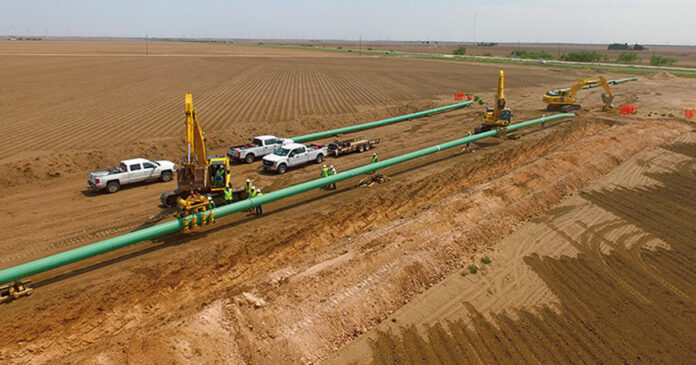Energy developments in British Columbia are booming such that on Friday, Enbridge Inc revealed a $3.6 billion expansion to its gas pipeline in the province citing surging demand.
Enbridge is also considering a further $1.9 billion expansion in northern BC at the same time.
The province is now pumping out natural gas at a record rate nearing 18 billion cubic feet a day.
“Given the outlook for Western Canada supply, we are seeing strong customer interest for more egress for LNG exports and downstream access,” Enbridge CEO Al Monaco told stakeholders.
The expansion announced today could add an additional 300 million cubic feet per day capacity to the company’s operations in the province. Gas will be delivered to southern BC and beyond.
Natural gas pipelines are also contributing thousands of jobs to the province’s economy.
In October, LNG Canada reported that thousands of workers have flocked to northern BC communities to work on the Kitimat pipeline.
70% of the project has already been completed and it requires 7,500 rotating workers. LNG Canada has also awarded over $3.7 billion worth of contracts to BC companies with $3 billion of the funds going towards First Nations companies and businesses based in Kitimat.
“Our pace of progress has increased. Right now, approximately 5,000 Canadians are employed at our site in Kitimat. That number will continue to grow as we reach peak construction this year and next,” said LNG Canada Chief Executive Jason Klein in July.
“And as we prepare for the next 40 years of safe, reliable operations, we’re offering hundreds of long-term roles to local British Columbians. We’re now recruiting the people who will run and maintain our facility, for decades to come.”
A recent report by the Canadian Energy Centre found that oil and gas development have contributed approximately $9 billion to BC’s GDP and created over 55,000 jobs in 2018 alone.
“Canada’s oil and gas sector has a significant impact on B.C.’s export sectors, both direct and indirect, as does the purchase of goods and services by Alberta’s citizens, businesses, and governments in the province where the sector is concentrated,” wrote analysts.

